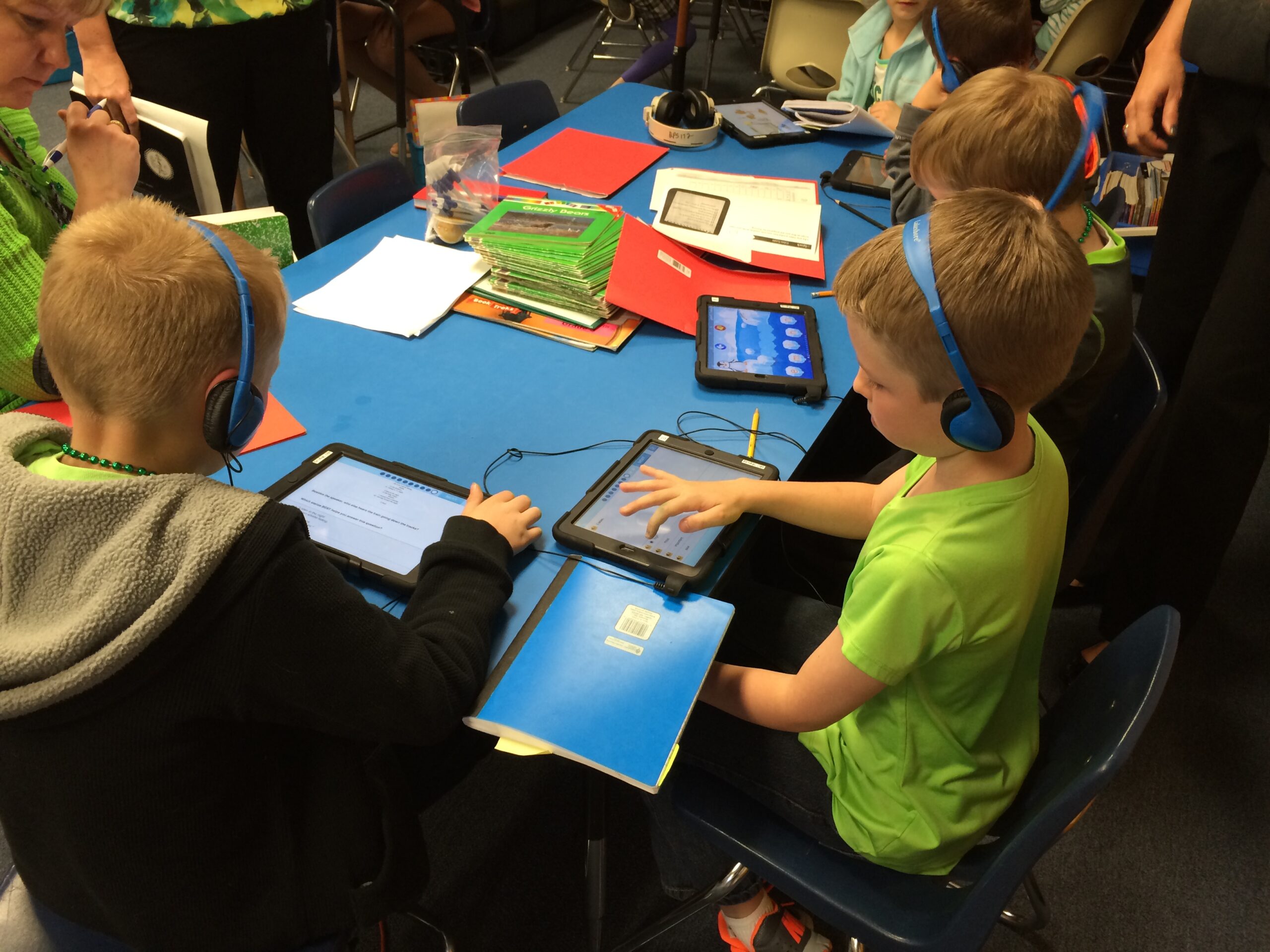The introduction of technology and the transformation to blended learning in classrooms is rapidly growing. However, simply bringing technology into classrooms isn’t going to change education. To truly develop a blended environment, the culture of the classroom setting must radically shift.
First, let’s define blended learning. According to Learn NC, it is a student-centered approach to creating a learning experience, where the learner interacts with other students, the instructor, and content through thoughtful integration of online and face-to-face environments.

Students in a blended classroom typically have many opportunities to collaborate with other students, pursue their curiosity, and choose individualized learning paths. Also, blended learning classrooms allow students to engage in the self-monitoring of their assignments which presents opportunities to build self-confidence. Not only does technology enable students to achieve higher success rates, but it enables teachers’ success as well; blended learning allows educators to make a shift towards higher-value responsibilities such as differentiated teaching.
How do we balance the use of technology and face-to-face learning in order to get the most out of blended learning? Educators need to create a culture in the classroom that supports this blended strategy. Creating a blended culture begins with teachers and administrators being transparent about the purpose of the new model of teaching and taking steps to educate and gain support from parents. Teachers can invite parents to their classrooms to model the new style of teaching. Also, teachers are able to give parents updates and share e-portfolios with videos that their students are creating with the online learning programs used in the classroom. Teachers must also start with the basics of how to use the technology appropriately and share guidelines to stay safe online. The biggest shift teachers face is how they are going to leverage the technology to create more independent learners in the classroom.

With the ability to choose their learning path, each student is moving at a different pace and path through online and offline curriculum. While this is happening, teachers must communicate clear expectations for each activity and station. Routines are extremely helpful for movement from digital to non-digital work, navigating digital content and tools, and solving technology issues. Developing posters and visual signals to show tech troubleshooting routines are great resources to hang in the classroom. By creating progress charts and reports, it lets students know how they’re doing in relation to their personal goals. These tools help enable teachers to create a differentiated learning environment where students can focus on learning at their own pace and path.
Successful teachers create a blended classroom culture that respects and values both online and offline learning, and fosters student-centered independent comprehension. By placing an emphasis on learning through strategically planned and supervised activities, blended learning has proven to be very adaptable and transformational.
Try blended learning in your classrooms with eSpark for free today!



